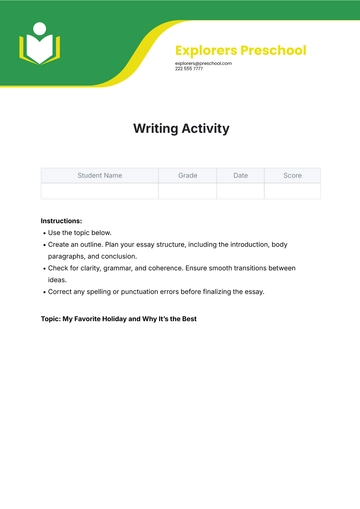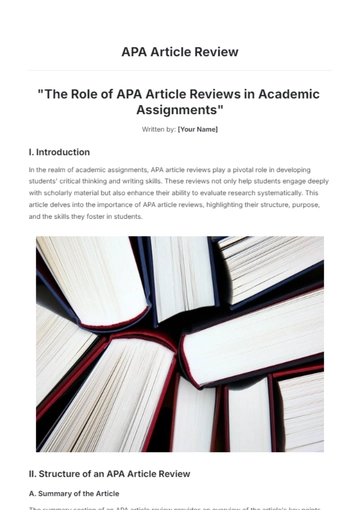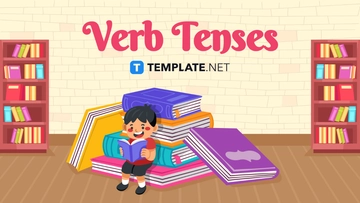Free Novel Outline

Introduction
Crafting a novel outline is a foundational step in organizing and planning your story. It allows you to map out the narrative structure, character arcs, and key events, providing a clear direction for your writing. This chapter outlines a comprehensive template to help you construct an effective and detailed novel outline.
Author: [YOUR NAME]
Email: [YOUR EMAIL]
1. Title of the Novel
Choose a title that encapsulates the essence of your story and captures the reader’s attention.
2. Overview
Genre: Specify the genre (e.g., science fiction, fantasy, romance) to set the tone and expectations for your novel.
Theme: Define the central themes or messages of your novel. Themes could include love, redemption, or the struggle between good and evil.
Logline: Write a one or two-sentence summary that encapsulates the core of your story and hooks the reader’s interest.
3. Main Characters
Protagonist: Provide a detailed description of your main character, including their background, motivations, and their role in the story.
Antagonist: Describe the antagonist, including their goals, motivations, and how they oppose the protagonist.
Supporting Characters: Outline the key supporting characters, their relationships to the main characters, and their roles in advancing the plot.
4. Plot Summary
Act 1: Setup
Introduction: Detail the opening scene, setting the stage for your story and introducing key elements.
Inciting Incident: Explain the event that triggers the central conflict or challenge for your protagonist.
Key Plot Points: List the significant events that occur in the first act, outlining how they contribute to the story’s development.
Act 2: Confrontation
Rising Action: Describe the series of events that build tension and develop the central conflict.
Midpoint: Highlight the pivotal moment that shifts the direction of the story or deepens the conflict.
Climax: Detail the climax, the peak of the story’s tension and the major confrontation or turning point.
Act 3: Resolution
Falling Action: Outline the events that follow the climax and lead towards the resolution.
Resolution: Describe how the central conflict is resolved and the story reaches its conclusion.
Denouement: Provide a final wrap-up of loose ends and reflect on the future implications for the characters.
5. Chapter Breakdown
Chapter | Title | Summary | Major Events | Characters Involved |
|---|---|---|---|---|
1 | - | - | - | - |
2 | - | - | - | - |
3 | - | - | - | - |
4 | - | - | - | - |
5 | - | - | - | - |
6 | - | - | - | - |
7 | - | - | - | - |
8 | - | - | - | - |
9 | - | - | - | - |
Provide a brief summary of each chapter, outline the major events that take place, and list the characters involved. This helps in ensuring each chapter contributes to the overall narrative.
6. Setting
Locations: Detail the primary locations in your novel, including their significance to the story and any unique aspects.
Timeline: Outline the time period in which your story takes place, including any relevant historical or futuristic elements.
7. Themes and Motifs
Primary Themes: Discuss the main themes your novel explores and how they are woven throughout the narrative.
Motifs and Symbols: Identify any recurring symbols or motifs that reinforce the themes and enhance the story.
8. Additional Notes
Subplots: Provide an overview of any subplots that complement the main narrative and their impact on the overall story.
Potential Twists: List potential plot twists or surprises that could add depth and intrigue to your story.
Research Notes: Include any research or background information that supports the story’s setting, characters, or plot.
Contact Information
Author: [YOUR NAME]
Email: [YOUR EMAIL]
Company Name: [YOUR COMPANY NAME]
Company Number: [YOUR COMPANY NUMBER]
Company Address: [YOUR COMPANY ADDRESS]
Company Website: [YOUR COMPANY WEBSITE]
Company Social Media: [YOUR COMPANY SOCIAL MEDIA]
- 100% Customizable, free editor
- Access 1 Million+ Templates, photo’s & graphics
- Download or share as a template
- Click and replace photos, graphics, text, backgrounds
- Resize, crop, AI write & more
- Access advanced editor
Template.net offers a customizable and editable Novel Outline Template, perfect for organizing your story ideas. With the built-in AI Editor Tool, you can quickly fine-tune your outline for seamless writing. Save time, structure your novel efficiently, and start your creative journey with this user-friendly template, designed to adapt to any genre or style.





























